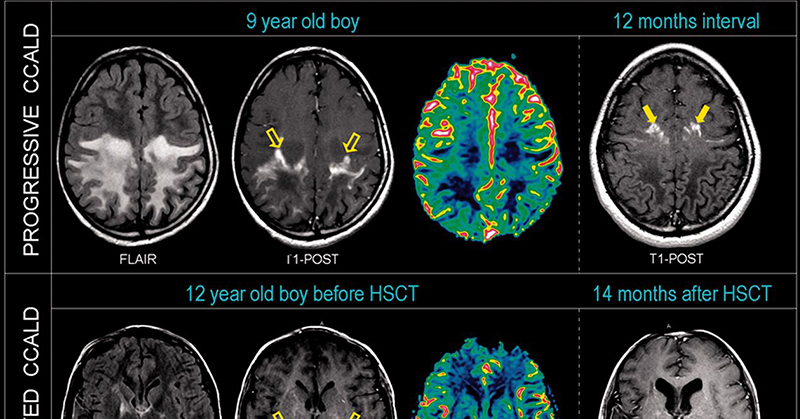Seeing young children on handheld devices nowadays is a common sight. You can often see them texting, talking on the phone or playing on tablets.
Although it may seem harmless, considering a lot of adults are using some form of handheld technology for most of the day, some believe that there may be serious health problems associated with children under the age of 12 using handheld devices.
Here are some of the health problems that have been linked to overuse of handheld devices in children.
1. Brain Development
It is common knowledge that children’s brains develop at an incredibly rapid pace the younger they are. Their brain development is dependent on their environmental stimuli, or lack of stimulus.
If a developing brain is visually stimulated by lots of exposure to technology (e.x. iPhones, iPads, computers, television), this may cause cognitive problems such as decreased attention spans and hyperactivity in the child who is exposed to this type of stimulus.
2. Addiction
Young children are becoming exposed to technology more and more everyday. It has gotten to the point where children as young as the age of four are becoming addicted to the use of handheld devices such as iPads.
According to Dr. Richard Graham, who launched the UK’s first technology addiction program over five years ago, says that young children that are addicted to technology exhibit the same type of withdrawal symptoms and alcoholics and heroin addicts.
3. Vision Problems
Many eye problems have been associated with the overuse of technology such as computers and cell phones. According to the American Macular Degeneration Foundation, the ultraviolet light and blue end of the light spectrum that comes from computer and cell phone screens penetrate the macular pigment of the eye and contribute to macular degeneration.
4. Obesity
When children are on handheld devices they are generally not moving around very much. There are many studies that suggest that this increase in technology use and the fact that children are often sedentary when using technology is one of the main causes of childhood obesity.
This increase in childhood obesity can be linked to society’s increased use of technology. For example, in 1996, less than 10% of children aged 7-13 years old were obese. Less than 10 years later, in 2004, that number went up to 30%.
5. Aggressive Behaviour
When children use mobile devices it is easy for them to search the internet without their parent’s supervision, especially if they themselves own the devices. This makes it more likely that they will stumble across violent media, such as violent television shows that they would normally not be able to watch, video games, music or inappropriate websites.
But how does this violent media effect their behaviour? According to researchers, young children often imitate aggressive acts that they witness in visual entertainment while they play with their peers. This is because, before the age of four, children are unable to distinguish fact from fantasy, even if they are viewing something through a cell phone or a television, and may start to believe that violence is an ordinary occurrence, causing them to replicate violent behaviour.
6. Insufficient Sleep
With the convenient size of cellphones and tablets, many children are able to use technology late into the night without their parents knowing. This directly interrupts their sleep cycles, as instead of sleeping when they are supposed to they are spending however many more hours on their cellphones.
Aside from this, the light exposure that is emitted from cellphones interrupts with the natural sleep cycle, says Russel Rosenberg, PhD, the chair of Sleep in America.
According to Rosenberg, the light emitted from cell phones suppresses melatonin, the hormone that tells the brain that it is time to sleep.
7. Emission of Radiation
According to L. Lloyd Morgan, senior science fellow at Environmental Health Trust, children face the greatest risk of bodily damage caused by microwave radiation (MWR) that is emitted from mobile devices.
Although evidence linking this type of radiation to cancer is inconclusive, there is no doubt that it still has a physiological effect on our bodies.
According to multiple studies that were under Morgan’s review, young children’s brain tissue absorbed twice as much MWR compared to an adult, and that their bone marrow absorbed 10 times as much. Researchers believe that this is because children’s skulls are thinner and their bodies are smaller, making them more susceptible to the radiation emitted from mobile devices.
Sources:
Environmental Stimuli: http://www.ncbi.nlm.nih.gov/pmc/articles/PMC3222570/
Brain Development: http://www.ncbi.nlm.nih.gov/pubmed/15060216
Vision Problems: https://www.macular.org/ultra-violet-and-blue-light
Aggressive Behaviour: https://www.aacap.org/aacap/Medical_Students_and_Residents/Mentorship_Matters/DevelopMentor/The_Impact_of_Media_Violence_on_Children_and_Adolescents_Opportunities_for_Clinical_Interventions.aspx
Insufficient Sleep: http://www.webmd.com/sleep-disorders/news/20110306/sleep-and-technology-dont-mix-sleep-poll?page=2
Radiation: http://www.webmd.com/children/news/20140819/children-cell-phones

